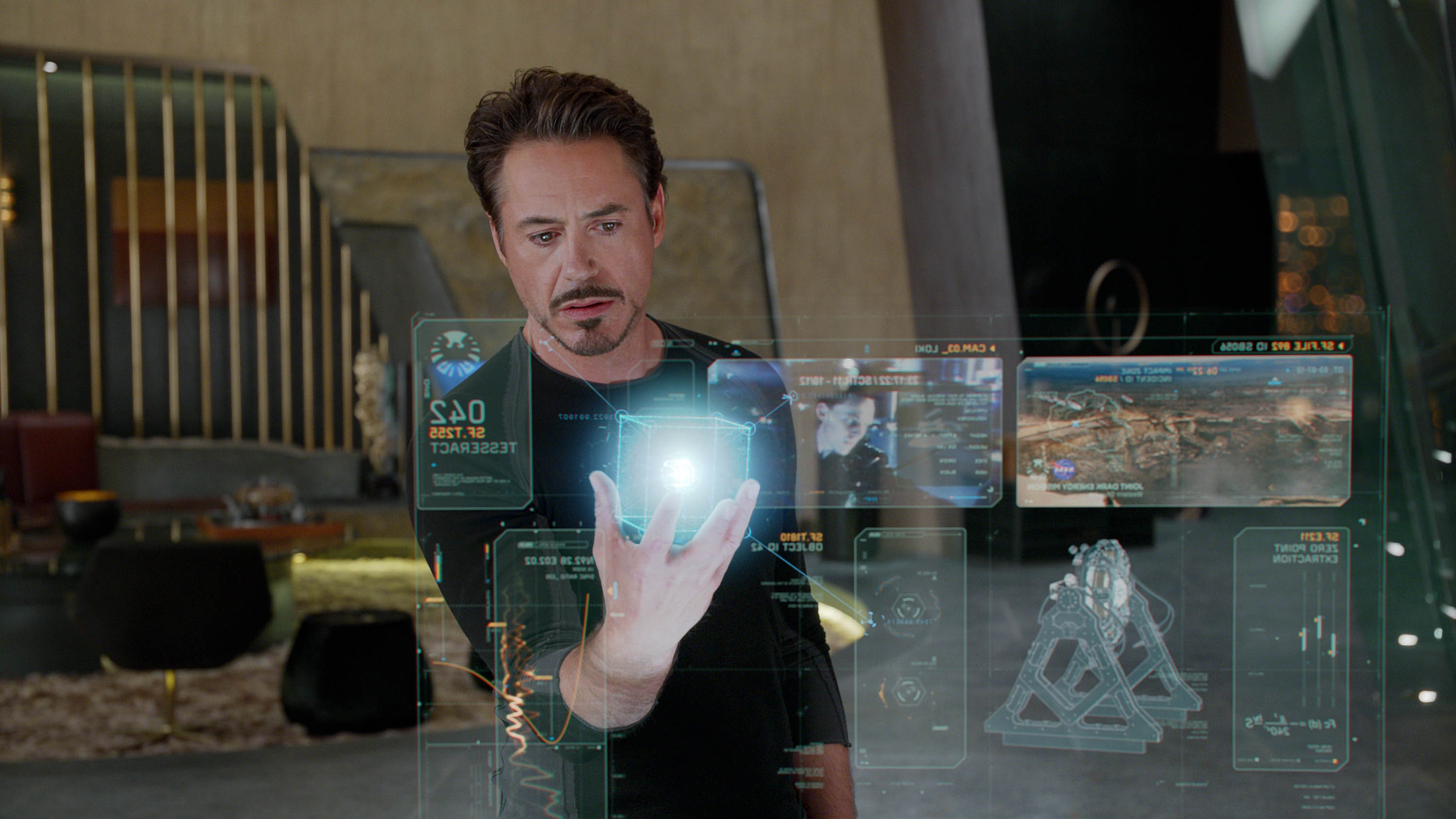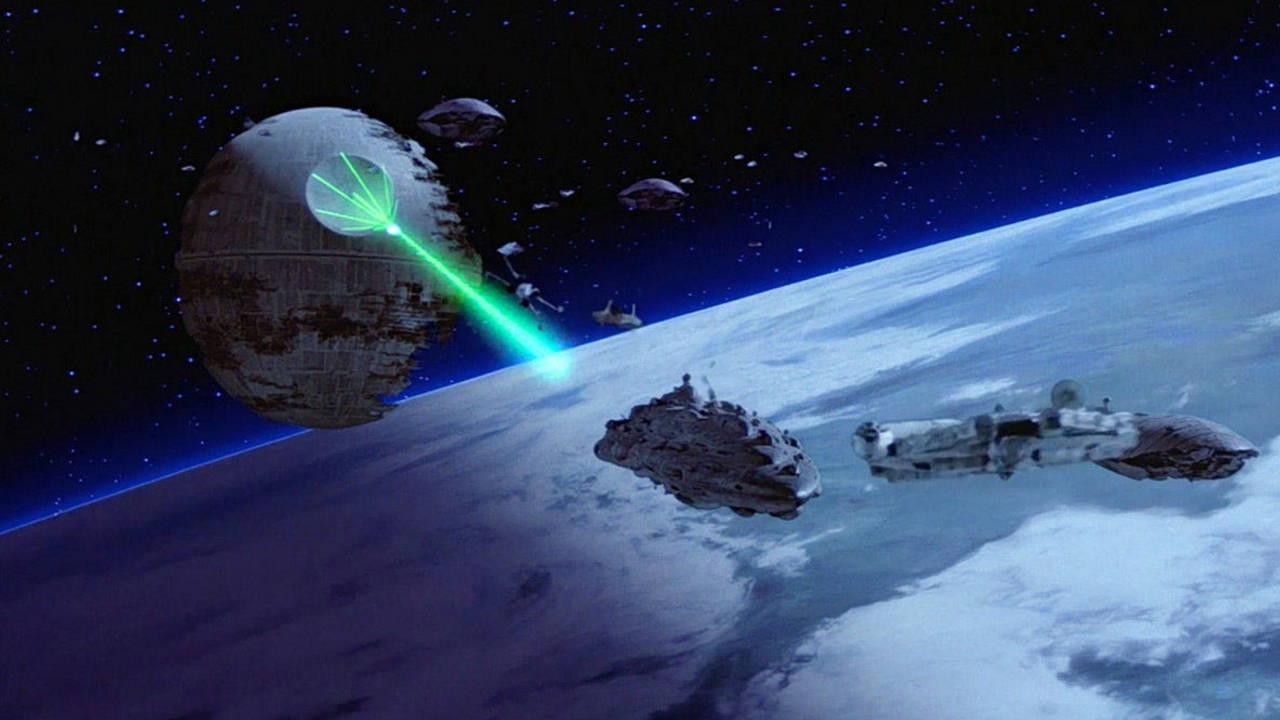Is it just me, or is it time to ditch holographic interfaces?
A Total Film writer on tomorrow's tech seems so old school...

When R2-D2 projected a shimmering Princess Leia in Star Wars, audiences were wowed by the futuristic possibilities of holograms. Filmmakers boarded the technological bandwagon. VFX methods improved and costs lowered. A once-tiny snowball avalanched.
Several years later, Minority Report utilised the tech in a cool new way: the computer UI itself was holographic, allowing Tom Cruise to manipulate the display in a way never seen before. It was exciting and cutting edge.
Two decades on, it’s so commonplace it’s virtually self-parodic. Yet Hollywood still crams in the holo-handling at every opportunity with a straight face. From computers in 2012’s Total Recall to Shuri’s entire lab in Black Panther, directors are now guiding actors through elaborate mimes on empty sets: “I want you to tap away with your fingers at eye level... Swipe right several times like you’re doing a Jedi mind trick... Turn the dial on an invisible safe... Now, with a flourish, please mime parting a set of curtains.”
It’s an easy way to fill the frame with shiny distractions. Productions get more screentime from Robert Downey Jr. or Kate Winslet, as they pretend to focus on images around them. But every vaguely futuristic sci-fi using the same parlour trick lessens the impact. These techniques once screamed “big budget” but are now available to first-timers working on their laptops.

These displays require impractical dexterity. Imagine Ellen Ripley clinging for dear life needing to close the airlock as she delicately swipes at a floating graphic. And why is there never a sunny window behind any of these displays?
Then there’s the aesthetic. It’s so satisfying to see the Death Star laser activated by punching chunky buttons then flipping a smooth silver lever. I don’t want characters pretending to conduct an orchestra amid orange and teal graphics when explaining how a wormhole works; just shove a pen through a piece of folded paper.
Who’s a more iconic AI – Jarvis digitally swirling in the air, or the solid, unblinking red eye of HAL 9000? It’s time to give holographic interfaces a rest for a while... or is it just me?
Sign up for the Total Film Newsletter
Bringing all the latest movie news, features, and reviews to your inbox
- Is it just me, or are there no good horror boogeymen any more?
- Is it just me, or is Pete's Dragon the best Disney remake?
- Is it just me, or is Spike Lee's Bamboozled a masterpiece?
Paul Tanter is a British director, writer, and producer. He produces and directs the cult Amazon Prime series Age of the Living Dead, and Fox's No Easy Days. He has also written, directed, and produced over 15 feature films, alongside several graphic novels. He's also written about movies for publications including Total Film, Digital Filmmaker, and Film Stories Magazine.


